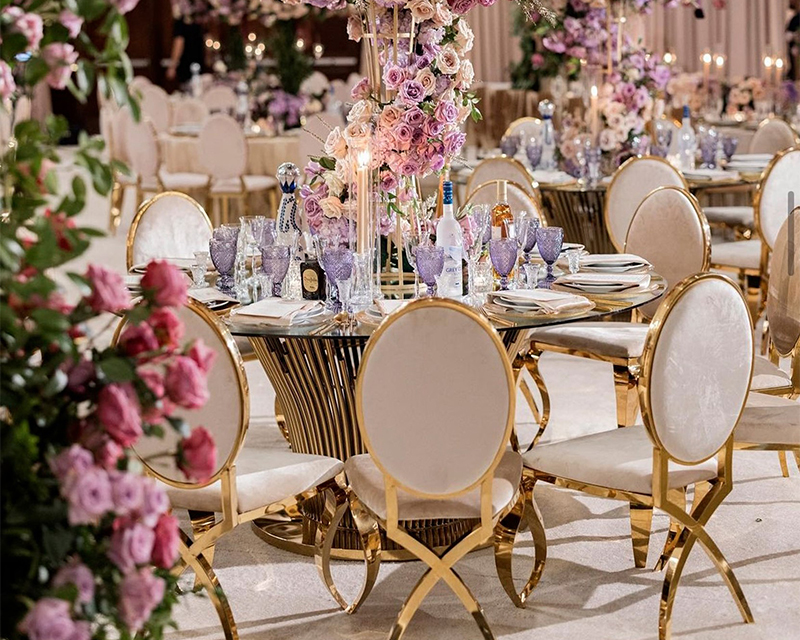
If you’re starting a business or need to network with new people, one of the most important things you can have is a well-designed business card. A good business card should be eye-catching and memorable, but it also needs to convey the basic information about your business.
Here’s a guide on how to create a simple, yet effective business card design.
1. Start with a blank canvas.
You can use any size or shape of paper for your business cards, but the standard size is 3.5″ x 2″. Once you have your paper stock, use a ruler and pencil to mark out where you’ll be cutting your cards. If you’re not confident in your freehand skills, there are also template options available online.
2. Choose your font.
The font you use on your business card should be easy to read and professional looking. Some general fonts that work well for business cards are Arial, Times New Roman, Helvetica, and Verdana. If you want to get a little more creative, there are also some decorative fonts available, but be sure to use them sparingly so as not to make your card difficult to read.
3. Add your logo.
If you have a company logo, now is the time to add it to your design. If you don’t have a logo yet, or if you’re designing your own cards for personal use, you can skip this step.
4. Enter your contact information.
This is the most important part of your business card, so be sure to include all of your relevant contact information. At a minimum, you should include your name, job title, company name, phone number, email address, and website. If you have room, you can also include your mailing address, social media handles, and a short tagline or slogan.
5. Use color sparingly.
While it’s tempting to add a bunch of different colors to your business card design, it’s important to use them sparingly. Too much color can make your card look busy and difficult to read. A good rule of thumb is to stick with one or two main colors, and use accents of other colors sparingly.
6. Proofread your card.
This is especially important if you’re having someone else print your cards. Make sure to proofread the text carefully to make sure there are no mistakes.
7. Print your cards.
Once you’re happy with your design, it’s time to print your cards. You can either have them printed at a local print shop, or do it yourself at home using a printer and cardstock paper.
8. Enjoy your new business cards!
Now that you have a great-looking business card, be sure to use it whenever you meet someone new. It’ll help them remember who you are and what you do.
9. Keep your business cards updated.
As your business changes and grows, be sure to update your business cards accordingly. This includes changing your contact information, job title, or adding new logos or slogans.
10. Get creative.
There are no hard and fast rules when it comes to business card design. So, don’t be afraid to get creative and experiment with different ideas. Just be sure to keep it professional and easy to read.
Creating a great business card design doesn’t have to be complicated. By following these simple tips, you can create a professional-looking card that will help you make a good impression on potential customers and clients.
FAQs:
Q: What is the standard size for a business card?
A: The standard size for a business card is 3.5″ x 2″.
Q: What font should I use on my business card?
A: You should use a professional-looking font that is easy to read. Some general fonts that work well for business cards are Arial, Times New Roman, Helvetica, and Verdana.
Q: Should I add my logo to my business card?
A: If you have a company logo, now is the time to add it to your design. If you don’t have a logo yet, or if you’re designing your own cards for personal use, you can skip this step.
Conclusion:
By following these simple tips, you can create a professional-looking business card that will help you make a good impression on potential customers and clients.




